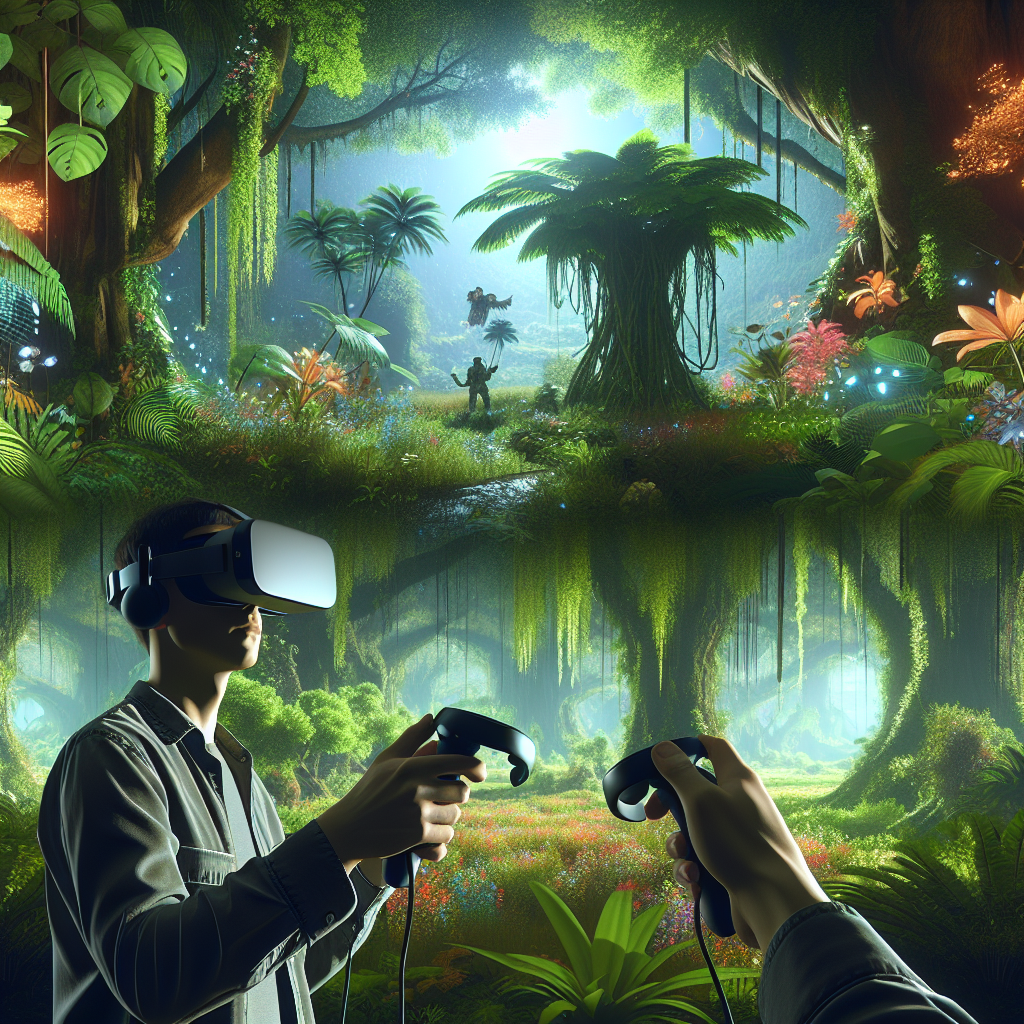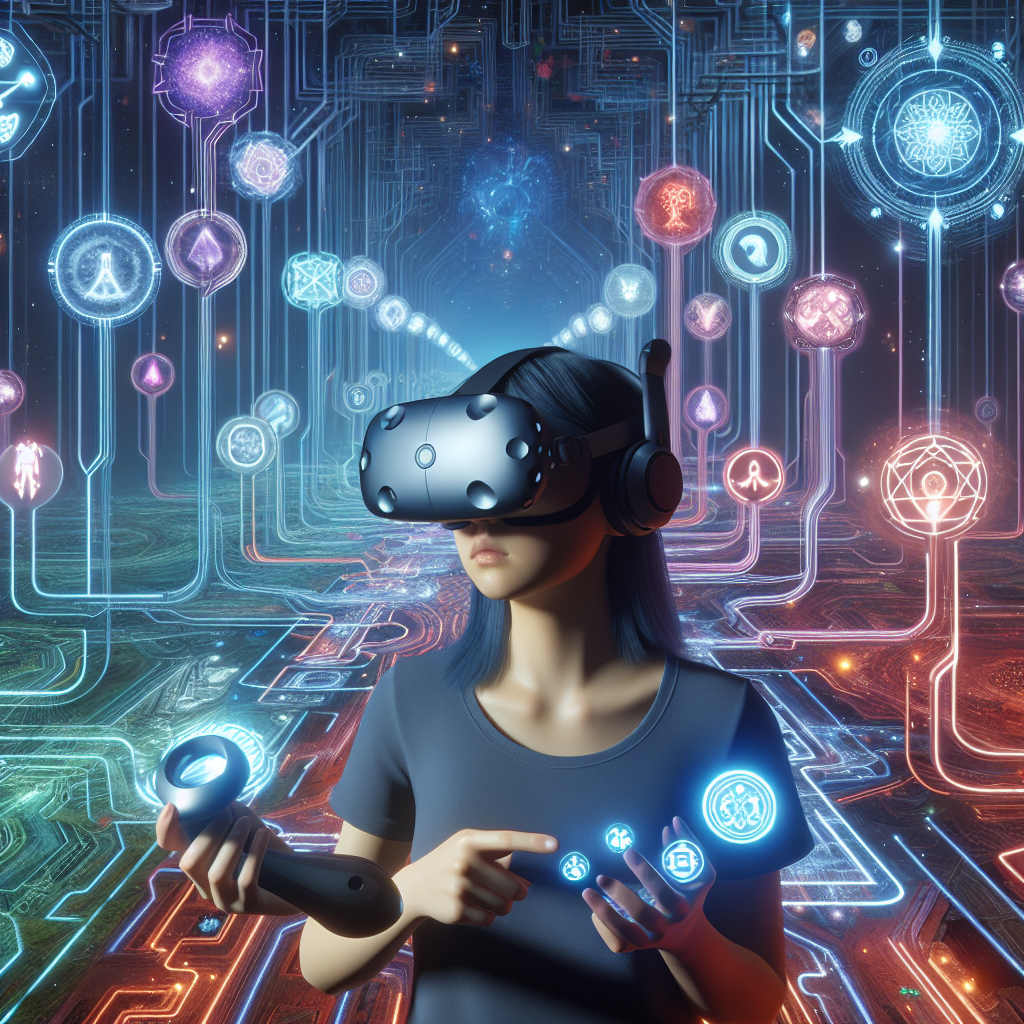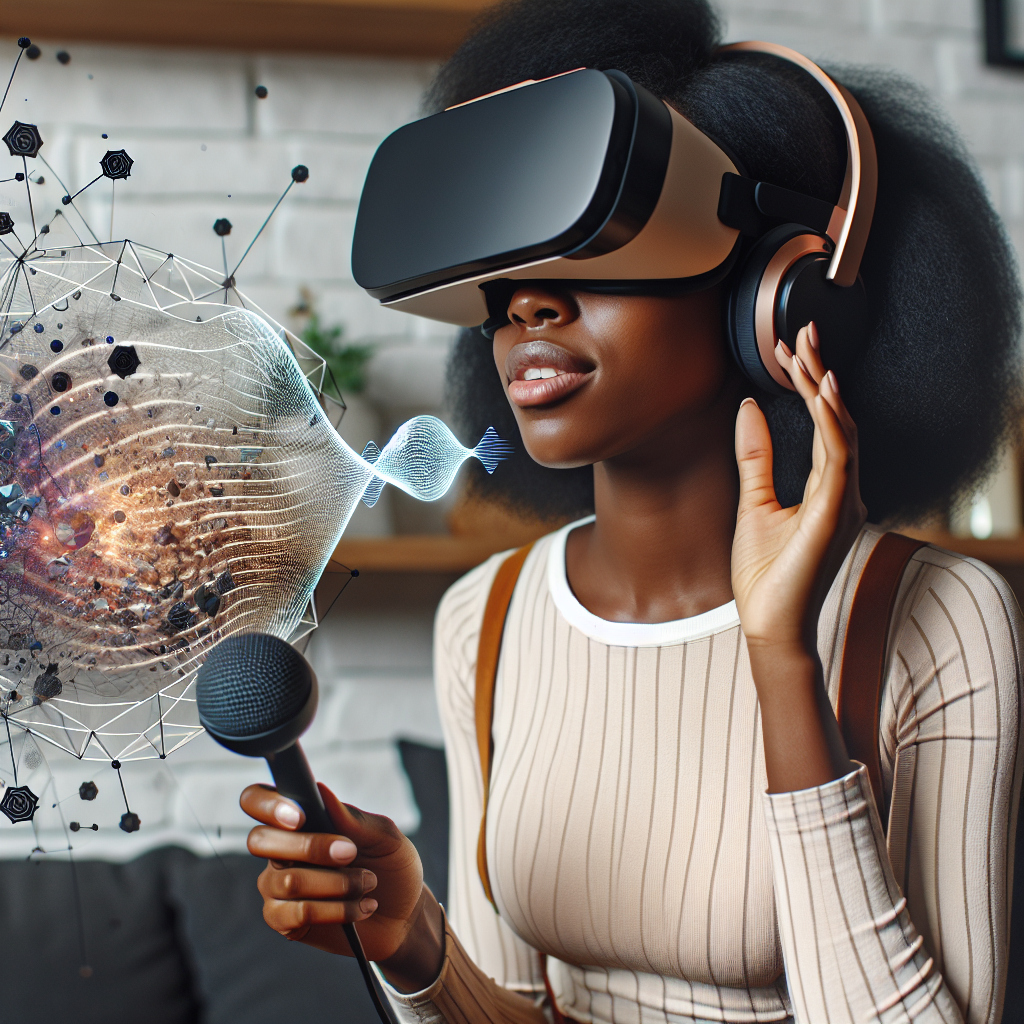
Why This List Matters
Here’s what most people don’t realize: sometimes, intuition beats logic, especially in the realm of Virtual Reality (VR). As VR technology advances, developers are realizing the importance of intuitive design, which often leads to more engaging and immersive experiences than logic-based design principles. This article explores five key areas where intuition reigns supreme in VR.
Item 1: User Interface (UI) Design
Intuitively designed user interfaces can make or break the VR experience. They guide users, helping them navigate and interact with the virtual environment effortlessly. An intuitive UI relies less on logical constructs and more on natural human instincts, making it easier for users to understand and use.
Detailed Explanation and Examples
For instance, consider a VR game interface. Logic would suggest a traditional button-based menu for navigation. However, in a VR setting, a more intuitive design might involve gesture-based controls or voice commands. This allows users to interact with the environment in a way that feels natural and instinctive, enhancing immersion.

Related visual content
Item 2: Environment Design
The design of the VR environment itself is another area where intuition often beats logic. A logically designed environment might focus on photorealism, but an intuitively designed environment prioritizes user engagement and immersion.
Detailed Explanation and Examples
For example, a VR journey through a rainforest might logically include ultra-realistic graphics. However, an intuitive design might incorporate elements like the feel of raindrops, the scent of damp earth, or the rustle of leaves, creating a multi-sensory experience that’s much more engaging.
Item 3: Narrative Structure
Storytelling in VR benefits from an intuitive approach, creating a narrative structure that engages the user emotionally and cognitively. Intuitive narratives focus on experiences and interaction, rather than traditional, linear storytelling.

Related visual content
Detailed Explanation and Examples
For instance, a logical narrative might follow a fixed, linear path. But an intuitive VR narrative might allow users to choose their own path, interact with characters, change the storyline, and influence the outcome, leading to a richer, more personalized experience.
Item 4: VR Training Simulations
In VR training simulations, intuitive design can significantly enhance the learning experience. Instead of relying on logic-based instructions, intuitive training uses immersive, hands-on experiences to teach skills.
Detailed Explanation and Examples
For example, a logically designed VR training program might involve a step-by-step tutorial. In contrast, an intuitively designed program might simulate real-world scenarios, letting users learn through experience and instinct, which often results in a deeper understanding and better skill retention.

Related visual content
Item 5: Accessibility
Intuitive design plays a crucial role in making VR accessible to all users, regardless of physical abilities or technical knowledge. It prioritizes ease of use and inclusivity over complex, logic-driven controls.
Detailed Explanation and Examples
For example, an intuitive VR system might include features like voice control, gesture recognition, or haptic feedback, making it easier and more natural for all users to interact with the VR environment.
Bonus Tips and Tricks
When designing for VR, remember that intuition and logic don’t have to be mutually exclusive. A combination of both can lead to a truly engaging and immersive VR experience. Use logic to build the foundation, but let intuition guide the details for a truly immersive and engaging experience.

Related visual content
Summary and Implementation
Intuitive design often trumps logic in the realm of VR, leading to more engaging, immersive, and accessible experiences. Whether it’s through intuitive UI, immersive environments, compelling narratives, effective training simulations, or inclusive design, intuition plays a vital role in enhancing the VR experience. Embrace the balance between intuition and logic as you explore the infinite possibilities of VR.

